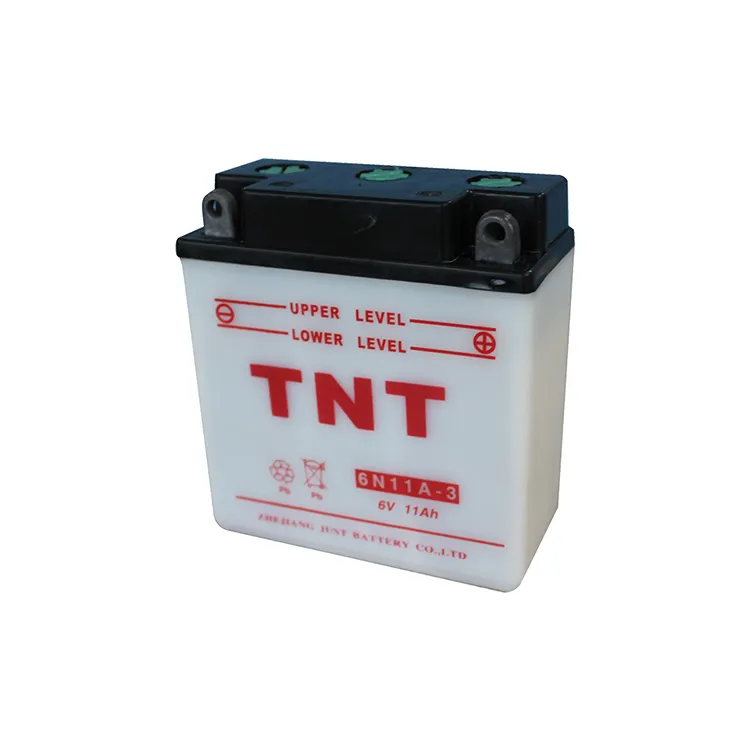To extend the service life of solar power sources, particularly focusing on the battery component, several strategies can be employed:
Proper Installation and Maintenance of Lead-Acid Batteries
- Ensure the battery is securely installed to prevent movement during operation, which could cause damage such as plate shedding or shell cracking.
- Regularly check the connections to ensure they are tight and free from oxidation or sulfation. Clean any oxidation or sulfation with a brush and apply vaseline to prevent further corrosion.
- Repair any cracks in the sealant promptly to maintain the integrity of the battery.
- Keep the battery clean and dry to prevent self-discharge. Remove dust, dirt, and electrolyte overflow, and ensure the vent holes are clear.
- Check the electrolyte level weekly for vehicles in frequent use, and add distilled water if necessary to keep the liquid level above the separators by 10-15 mm.
- Store the battery in a warm, sheltered place during cold weather to prevent freezing and damage.

Optimized Battery Usage and Management
Implement a voltage control scheme to manage the battery’s state of charge (SOC). For example, reducing the frequency of full recharges can help mitigate corrosion, which is a significant aging mechanism in lead-acid batteries.
Simulations have shown that a new voltage control scheme can increase battery life by 25% while ensuring consistent performance and no loss of load to the user.

Advanced Battery Management Systems (BMS) for Lithium-Ion Batteries
- Use a BMS with a State of Power (SOP) algorithm to dynamically manage the battery’s power output. This algorithm converts static power limits into dynamic ones based on real-time conditions, which helps protect the battery and extend its life.
- The SOP algorithm is integrated into the BMS software and provides real-time maximum power values based on the battery’s SOC and temperature. These values are sent to the vehicle’s central controller (VCU), which then adjusts the motor torque to control the vehicle’s speed and performance.
- Real-world applications have demonstrated that this algorithm can effectively manage high-power demands without damaging the battery. For instance, during acceleration, the algorithm ensures that the battery does not exceed its safe discharge limits, even when the current reaches 400A.
- The algorithm has been implemented in production vehicles, with over 30,000 units on the market since 2019. Data analysis shows that the battery’s State of Health (SOH) decay rate is below 2%, significantly exceeding the warranty period.
Economic Considerations and Project Management
- Use industry-standard operations and maintenance (O&M) costs, and discount them over the project’s life to ensure long-term financial viability.
- The benefit-cost ratio is a key metric for evaluating projects, calculated by dividing the initial capital costs and discounted O&M costs by the discounted revenue streams. This helps in making informed decisions about the economic feasibility of extending the battery’s life.
- In practical scenarios, the photovoltaic (PV) power system can be repowered as a merchant solar power plant or under a power-purchase agreement (PPA) without the need for a battery, which can generate additional revenue without incurring extra capital expenses.
- Battery systems can be replaced at their end-of-life (EOL), but for simplicity, these costs and benefits are not modeled in the initial project evaluation.
By combining proper installation, regular maintenance, optimized usage, and advanced management systems, the service life of solar power sources, especially the batteries, can be significantly extended.
Tag:extend the service life of solar power sources